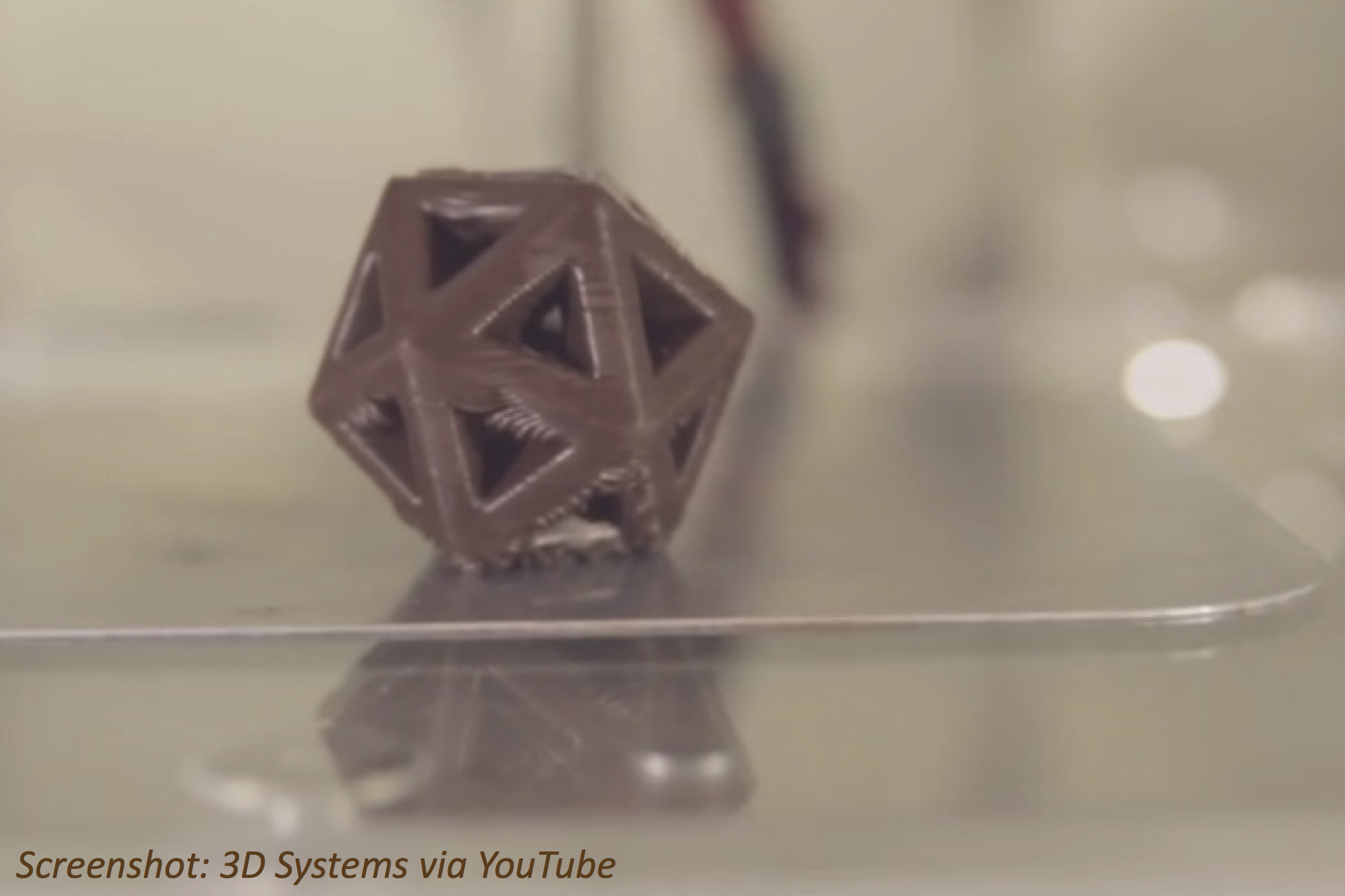The 3D printer is an exciting machine that prints with hot melted plastic, which stacks up in layers to build shapes like cubes and spirals. So it didn’t take long for someone to try putting chocolate in the printer. As you can see in this video, the CocoJet printer’s arm moves side to side and back to front to squirt the chocolate in the right spots. If you switch from dark chocolate to milk or white, you can even make designs in different “colors.” The question is, will you save that cool shape, or eat it?
Wee ones: What shape are the sides on that chocolate toy?
Little kids: If you print a stripey chocolate with 2 layers of dark chocolate, 2 layers of milk chocolate, then 2 layers of white, how many stripes does it have? Bonus: If you bite off 4 layers, how many are left?
Big kids: If you can print a mini chocolate soccer ball with 4 ounces of chocolate, how many ounces would you need to print 5 soccer balls? Bonus: How many complete balls could you make out of 2 pounds 6 ounces of chocolate? (Reminder: A pound has 16 ounces.)
The sky’s the limit: The chocolate shape shown here is an icosahedron: it has 20 identical triangle sides, where all edges and angles are equal. How many edge bars does the printer have to print in total?
Answers:
Wee ones: Triangles.
Little kids: 6 layers. Bonus: 2 layers.
Big kids: 20 ounces. Bonus: 9 balls, since you have 38 ounces and 36 is the biggest even multiple of 4 within that.
The sky’s the limit: 30 bars. If the triangles all stood alone without touching, they’d have 60 edges in total (20 x 3). But every edge is shared by 2 triangles, so together the 20 triangles need only half as many edges as that.

